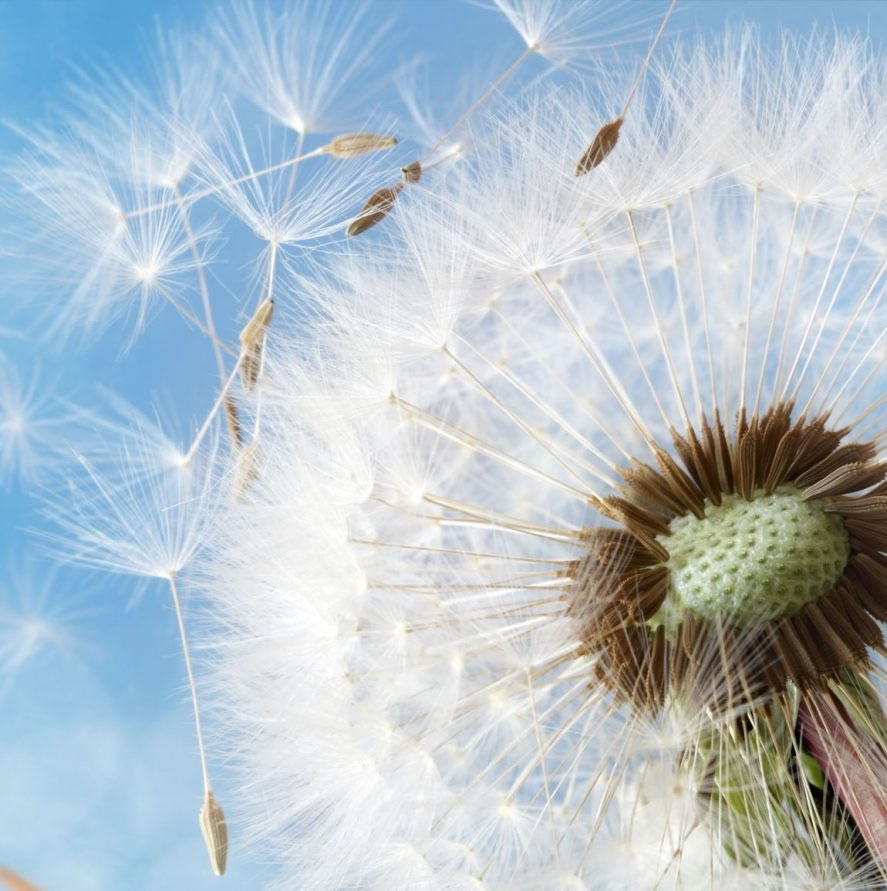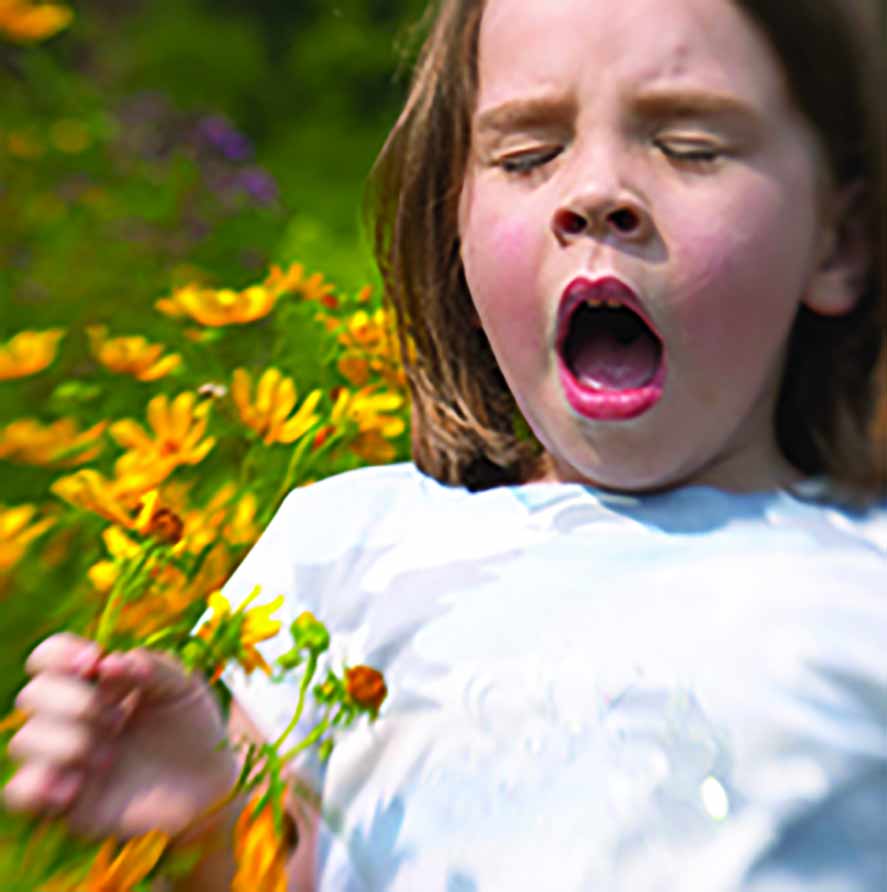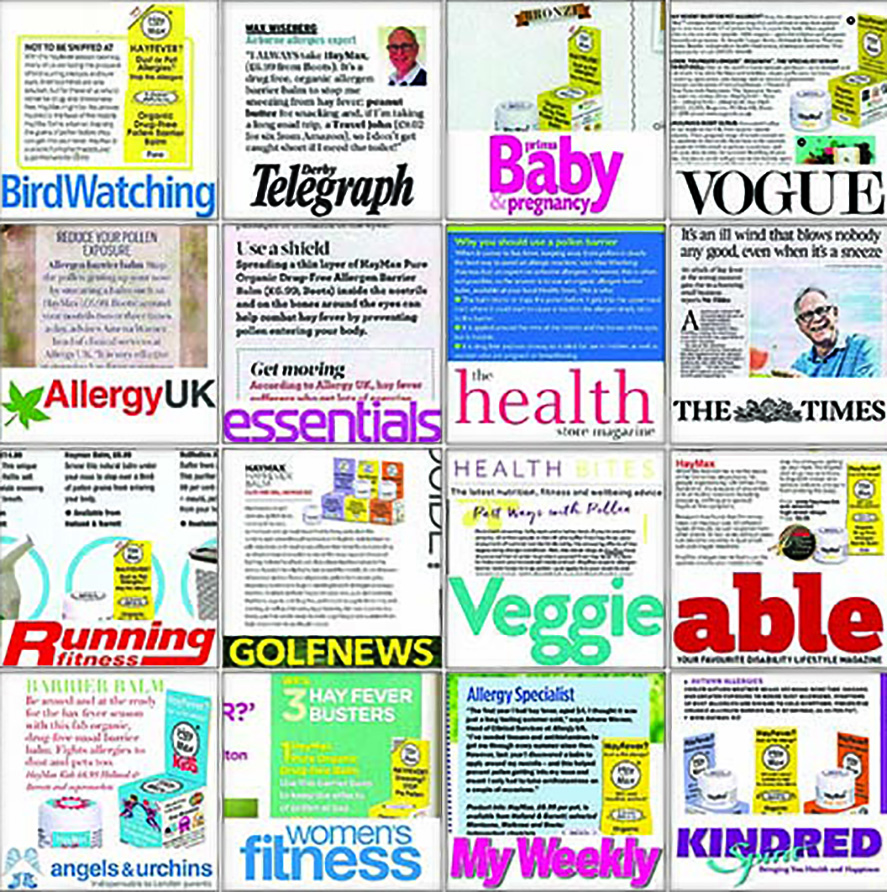

Practical tips for hay fever, dust and pet allergy sufferers
Avoiding the allergen is always key with any allergy, whatever it might be. Here are a selection of our favourite practical tips- most of them are equally relevant for dust, pet and pollen allergies (hay fever).
◾Use HayMax. The organic, drug-free balm can be applied to the nostrils and around the bones of the eyes in the morning, throughout the day and at night to trap dust and pet allergens and more than a third of pollen before it enters the body. Less allergen, less reaction.
◾Wash your face (or your child’s face) as soon as you get indoors on high pollen count days. This will wash away allergens so that they can’t cause a reaction, and a cool compress will soothe sore eyes (this also works well for dust and pet allergies).
◾Wash bedding very regularly to remove allergens. Anti-allergy bedding made from ‘intelligent fibres’ can be very helpful for those people who suffer from dust mite allergies. They limit the growth of dust mite allergens and also keep them away from the skin. Check out the Allergy UK approved range by clicking here.
◾Vacuum the house regularly, especially beds and fabrics to remove pollen, dust and pet allergen particles.
◾Tie your hair up and wear a hat when outside to prevent pollen particles being caught in your hair.
◾Shower at night before sleeping to remove pollen particles, dust and pet allergens from your hair and body.
◾Dry clothes indoors rather than on a clothes line to prevent pollen particles being blown onto the clothes by the outside wind.
◾Wear wrap around sunglasses when outdoors to prevent pollen particles coming in contact with your eyes. Read our blog about glasses for hay fever here.
◾Stay hydrated and eat lots of fruit and vegetables to stay healthy and support your immune system. Check out our Dietary & Lifestyle Suggestions page here.
◾If you own a pet then ensure that it is well groomed and shampooed as much as possible to remove pet allergens and pollen particles.
◾Get plenty of exercise. If you are doing an outdoor activity be sure to do it in the morning or evening when the pollen count is lower.
◾Close windows and use an air conditioner preferably with a HEPA (High Efficiency Particle Arresting) filter to capture the pollen and dust particles, cool and circulate the air.
Visit the NHS website for lots of useful information on how to recognise hay fever, dust and pet allergies and how to cope with the symptoms.

What is HayMax?

HayFever

Pollen Count & Calendar









